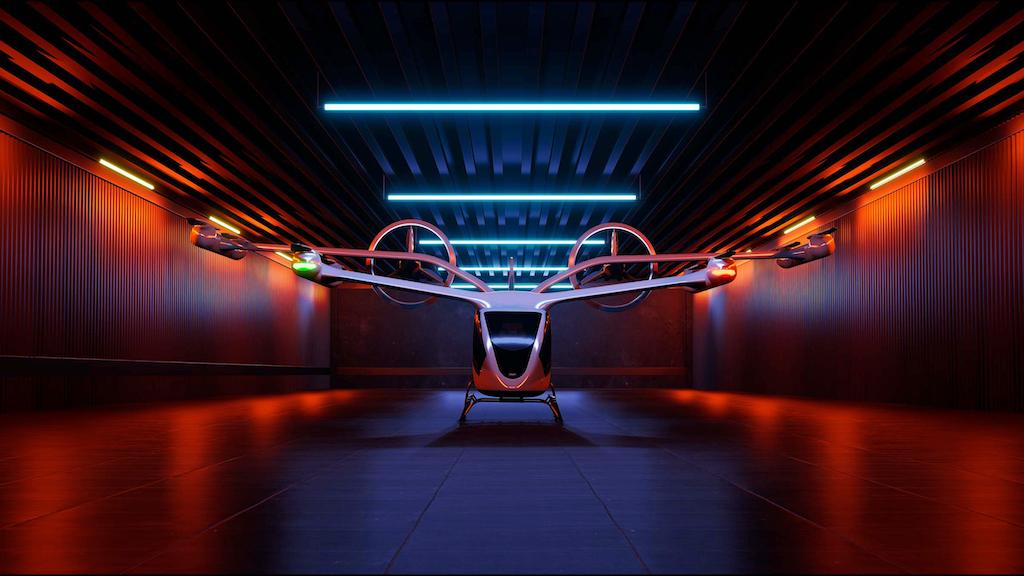
Andre Stein, Eve Air Mobility CEO, talks about the work the company, which is soon going public, is doing to set up advanced air mobility (AAM) operations around the world. It expects to deliver its first aircraft in 2026.
What are the details of the concept of operations for AAM planned for Miami-Dade County?
The idea is to understand the whole operation and create a Concept of Operations (CONOPS) that allows us to design the best vehicle for the missions, the best solution for traffic management, and the best service and support solutions. At the same time, we’re doing this together with the community, and you can start creating blueprints. The Concept of Operation about Miami is not only about Miami, but it's also about understanding how this future operation will work. It's not there yet. It’s not like developing a new aircraft for an existing market--the market is new, the regulatory environment is new, the technologies are new--so understanding how that can work and doing that with the local community and key partners is the key to getting it right.

Given that each community is different, how can blueprints from one city be applied to other cities?
It's definitely not a copy and paste, to your point. Miami is not our first one. We’ve done something similar that was focused on urban air traffic management in Melbourne, Australia. That was the first concept of operations paper issued. We are doing something similar in London, with several partners including other OEMs, Heathrow and London City airports, and the regulatory authority. In February, we announced something similar in Japan, with the regulatory authority and Japan Airlines. Last year in Rio de Janeiro, we went one step beyond discussing CONOPS and flew a helicopter for a month from the east part of town to the international airport. We used an existing helicopter, but we simulated pricing points that could be used for urban air mobility. That will be very different in Rio than it will be in New York, but as you start to see the differences and patterns, a lot of the solutions can be interchangeable straight away or they can be a blueprint for thinking about what are the differences. We can look at the lessons learned in Rio, Melbourne and Miami. What are the similar pain points and what are the differences? Noise certification, with which you need to comply, is straightforward. But, how do you measure what’s really bothering the community related to noise? Is it really just takeoff or is it the general flying over the city they’re worried about? A big benefit of eVOTLs is that they fly very quietly. Engaging with the community early on helps, as does showing them blueprints for other cities. You don’t have to start from scratch.
What’s the merger status with Zanite Acquisition Corp.?
We expect it in the second quarter. It’s going well and as expected.
Can Eve avoid the high levels of Special Purpose Acquisition Company (SPAC) shareholder redemptions suffered by previous AAM SPAC mergers? Do the letters of intent with customers have value beyond indicating interest?
We not only have a great but unique story. You have the backing of Embraer, which is a big differentiator. We have been very successful bringing customers to this market. I don’t think anyone has a bigger portfolio of customers than we do, both in numbers as well as how spread they are globally. We have airlines, leasing companies, helicopter operators and ride-sharing companies. That adds up. We are also very confident in the design of our product, not only in terms of being certifiable but also in terms of being the most efficient machine that's out there. And that product is supported by Embraer. This is not the first time Embraer has designed, built, certified and supported aircraft. So the fact that we have access to this massive network for the aftermarket on day one is a big differentiator. It would take millions of dollars, if not hundreds of millions of dollars, and decades for someone else to get to that point. We are a spoiled startup in that sense because we have access to all that. Of course, we cannot control the market, but we can control the other things.
How do you leverage Embraer’s existing support network--which includes business, commercial and military aircraft--for Eve?
It’s similar to what we’re doing for product development in a way. We have agreements in place with Embraer to access its aftermarket, but also to develop services. In the same way you develop an aircraft, you develop services, such as a training syllabus, to support it. So Eve is the face to the customer for urban air mobility, but we can leverage all the existing know-how of Embraer, as well as the people inside, as part of our overall deal with Embraer.





